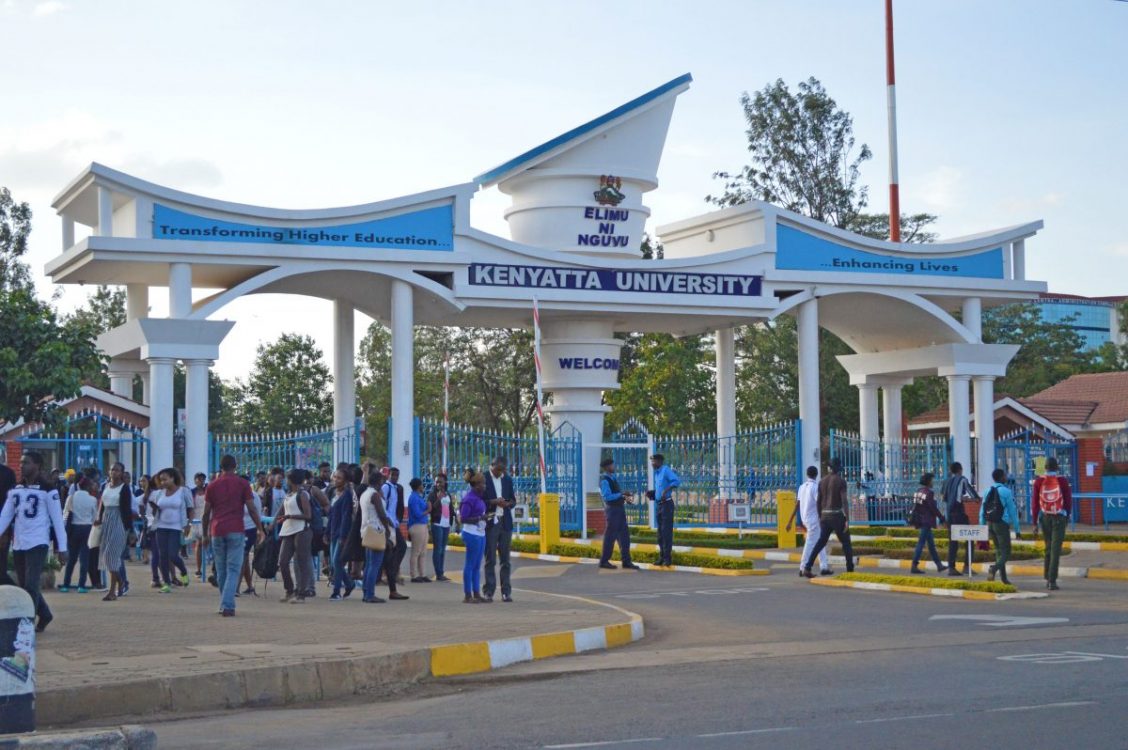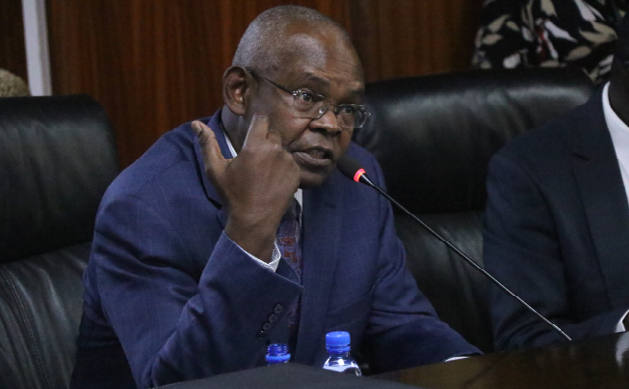Varsities weighed down by long catalogue of unpaid debts, low remittances

Kenyatta University is one of the public higher education institutions struggling under the heavy yoke of debt.
Auditors have found that it had current liabilities of about Sh6.4 billion as at 30 June 2020, exceeded its current assets of Sh1.58 billion.
This resulted in a negative working capital of Sh4.8 billion. The institution was unable to remit pension and taxes amounting to Sh3.6 billion and other deductions amounting to Sh342.9 million to the respective beneficiaries. KU was not much better than the University of Nairobi, which had current liabilities amounting to Sh10 billion against current assets worth Sh6.7 billion. This resulted in a negative working capital of Sh3.5 billion.
UoN was unable to remit statutory deductions amounting to Sh7 billion, which included Pay As You Earn (PAYE) and Value Added Tax amounting to Sh3.79 billion and pension contributions of Sh3 billion. It also owed Sh18.5 million in audit fees.
JKUAT reflected current liabilities of Sh7.3 billion yet the current assets amounted to Sh4.4 billion, which translated to a negative working capital of Sh2.86 billion. It was also not able to remit pension deductions and contributions, PAYE and other third-party deductions totaling Sh4 billion.
Audits also found that TUK had current liabilities of Sh3.8 billion. This exceeded its current assets of Sh848 million and resulted in negative working capital of Sh2.98 billion. The management was unable to remit other deductions such as payroll, insurance premiums, bank loans, sacco and other obligations totaling Sh1.59 billion.
Multimedia University, similarly, had current liabilities totaling Sh1.5 billion, against current assets of Sh466 million. This resulted in negative working capital of Sh1 billion. The varsity had, as of 30 June 2020, not remitted pension and gratuity and taxes totaling Sh391.8 million and Sh493 million respectively.
Moi had a total current liabilities balance of Sh5.7 billion, which exceeded its current assets balance of Sh5.2 billion, resulting in negative working capital of Sh476 million as of June 30, 2020. The university also had an accumulated deficit of Sh3.2 billion.
The situation — which is replicated in other public universities — has been attributed to low capitation, which does not match the rising population of students following the reduction of university entry grade to C+ (C Plus), with analysis indicating that since 2018, public universities have been operating with budget deficits of between Sh7 billion and Sh28 billion.
An overview indicates that university education has expanded rapidly in the last decade, with the number of annual enrolment having increased in the last five years from 63,740 students to 124,436 in 2022. This growth has come with a huge financial obligation “which if not met, will seriously compromise the quality of education”.
During the 2018/2019 financial year, when public universities had 233,218 students, the budget requirement in line with the Differentiated Unit Cost (DUC), which guides the capitation of university funding, stood at Sh45.9 billion. By contrast, however, the approved budget was Sh38.1 billion, which translated to a Sh7.8 billion deficit.
In the following year, universities required Sh54.2 billion to cater for the 241,015 students, but only Sh41.1 billion was approved, leaving them with a budget hole of Sh13 billion.
In 2020/2021, the universities, with an expanded population of 271,446 students, had a requirement of Sh62.3 billion but only Sh41.8 billion was approved, leading to an even bigger deficit of Sh20 billion.
And last year, the deficit grew to Sh27 billion after the government slashed the higher education budget from Sh70.8 billion to Sh43.8 billion, which was to cater for 324,182 students.
In the current financial year, which has seen the number of students increase to 356,188, public universities had an accumulative budgetary requirement of Sh71.9 billion but the government only approved Sh44 billion, leaving them with a shortage of Sh27.9 billion which they are unable to supplement owing to low fees paid by government-sponsored students and the ban in the parallel education system.












